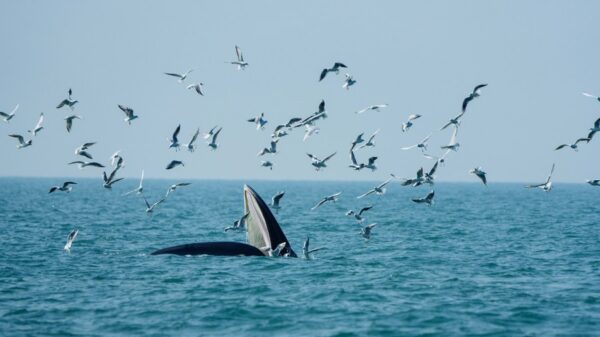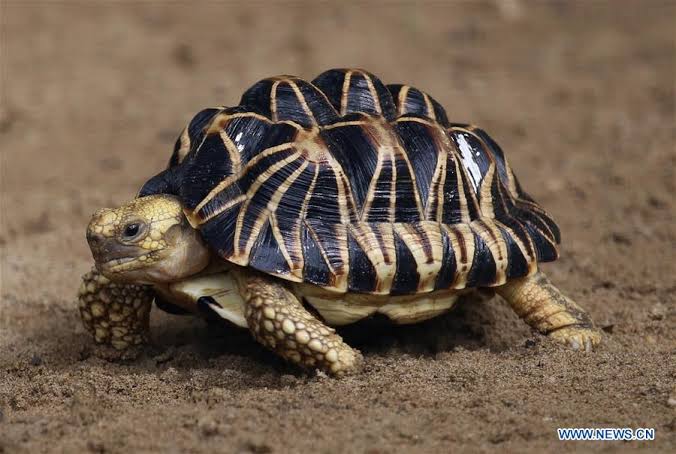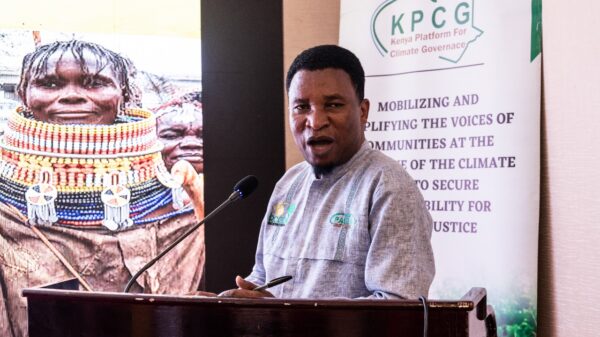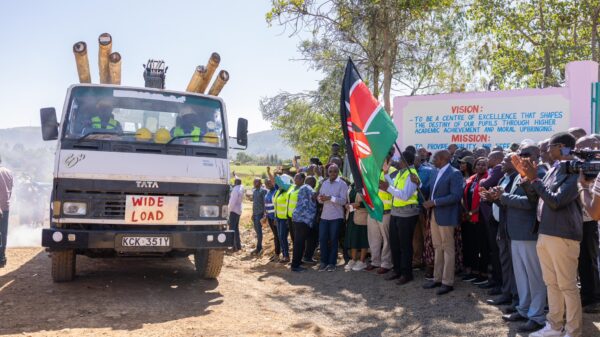NAIROBI, May 17 (Xinhua) — Kenya’s wildlife authorities on Friday launched a 10-year national recovery and conservation action to save the rare pancake tortoise.
The Kenya Wildlife Service (KWS) said the National Recovery and Conservation Action Plan (2025-2035) is designed to protect the pancake tortoise, or Malacochersus tornieri, which is endemic to arid and semi-arid landscapes and now teetering on the brink of extinction.
Kenya is home to over 80 percent of the global population of the pancake tortoise, renowned for its unusually flat and flexible shell — an evolutionary adaptation that allows it to slip into narrow crevices in rocky outcrops to escape predators, KWS Director-General Erustus Kanga said during the launch of the plan in Chiakariga, central Kenya.
He noted that the International Union for Conservation of Nature lists the pancake tortoise as critically endangered. Despite its status, more than 95 percent of its population lives outside protected areas, making it particularly vulnerable.
Kanga attributed the species’ decline to rampant illegal collection for the international exotic pet trade, habitat destruction due to mining and unsustainable agricultural practices, and the growing impacts of climate change on Kenya’s dryland ecosystems.
The newly unveiled plan outlines a comprehensive rescue strategy developed through a two-year consultative process involving the National Museums of Kenya, Lewa Wildlife Conservancy, Turtle Survival Alliance, and local community stakeholders.
Key components of the plan include restoring and securing critical kopje habitats, promoting community-led conservation through the training of local “tortoise guardians,” and enhancing law enforcement to dismantle illegal trafficking networks.
Kanga also called on county governments in regions where the tortoise is found to designate protected habitat zones, allocate funding for public awareness campaigns, and establish county-level wildlife monitoring and enforcement units focused on the species.





































